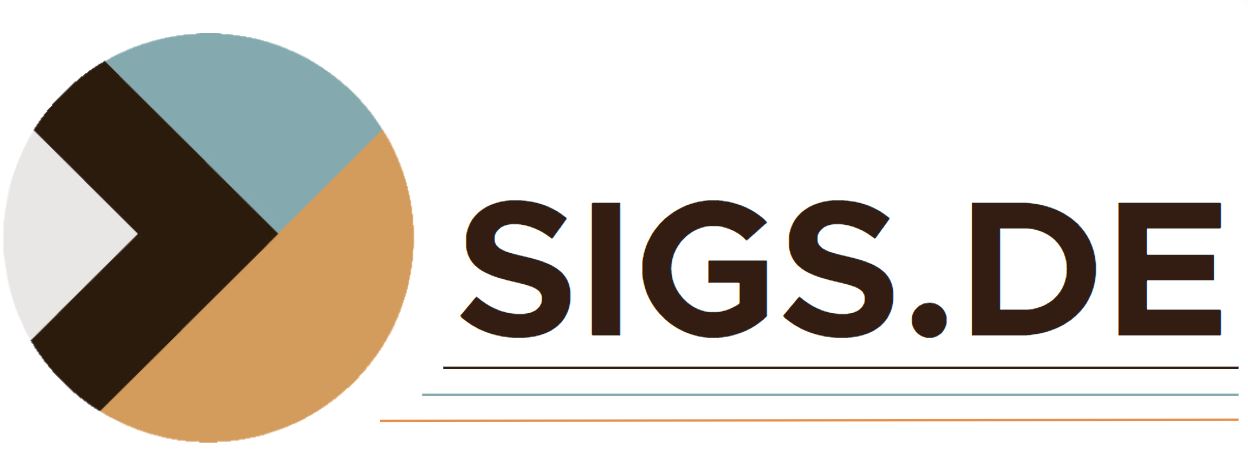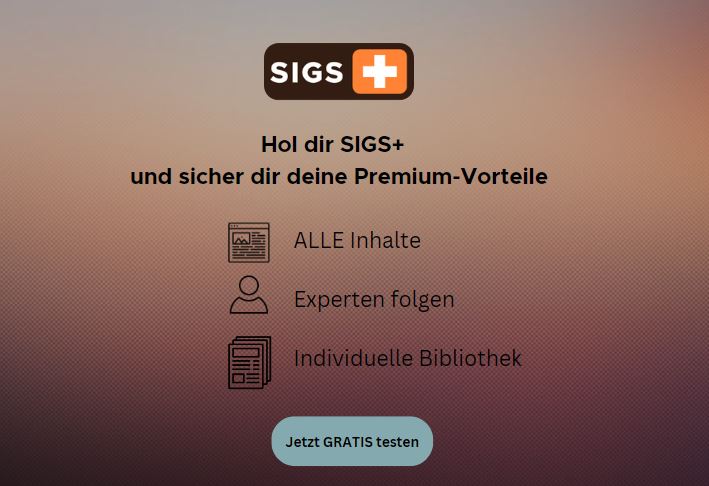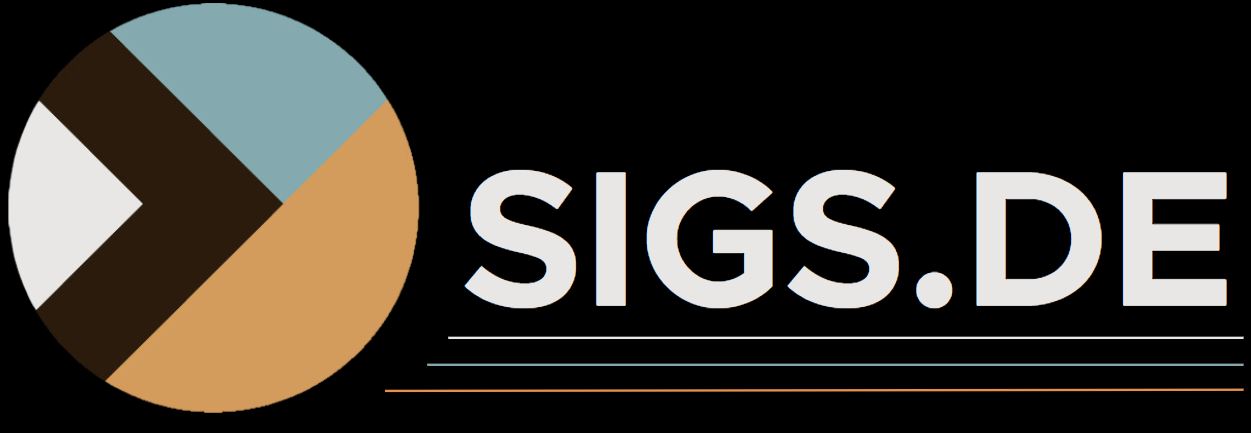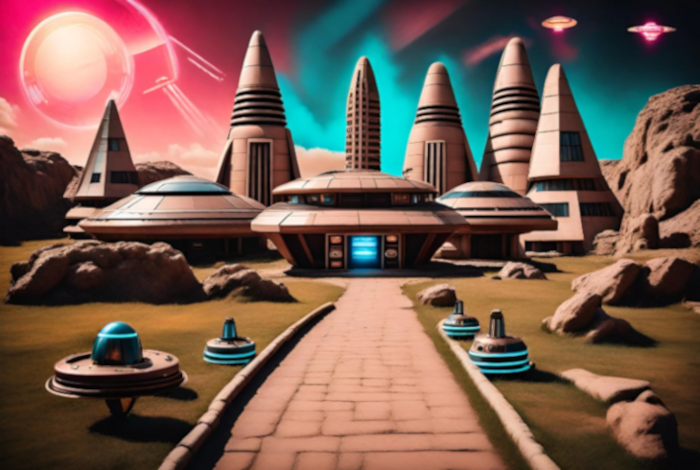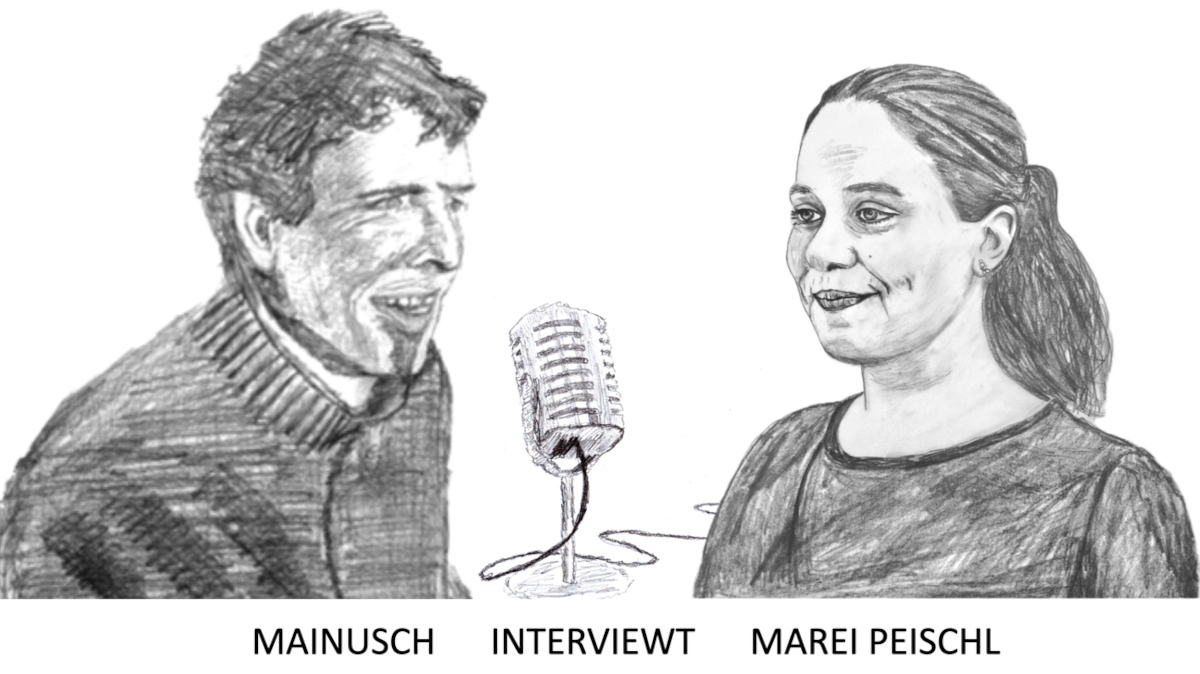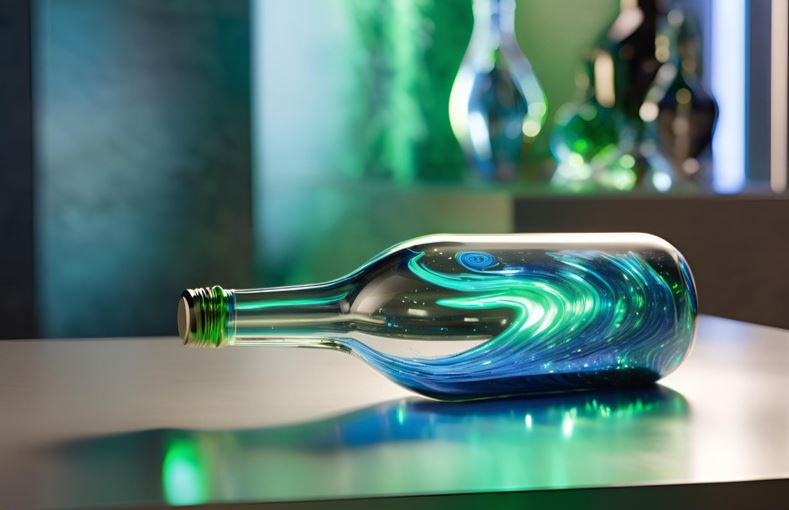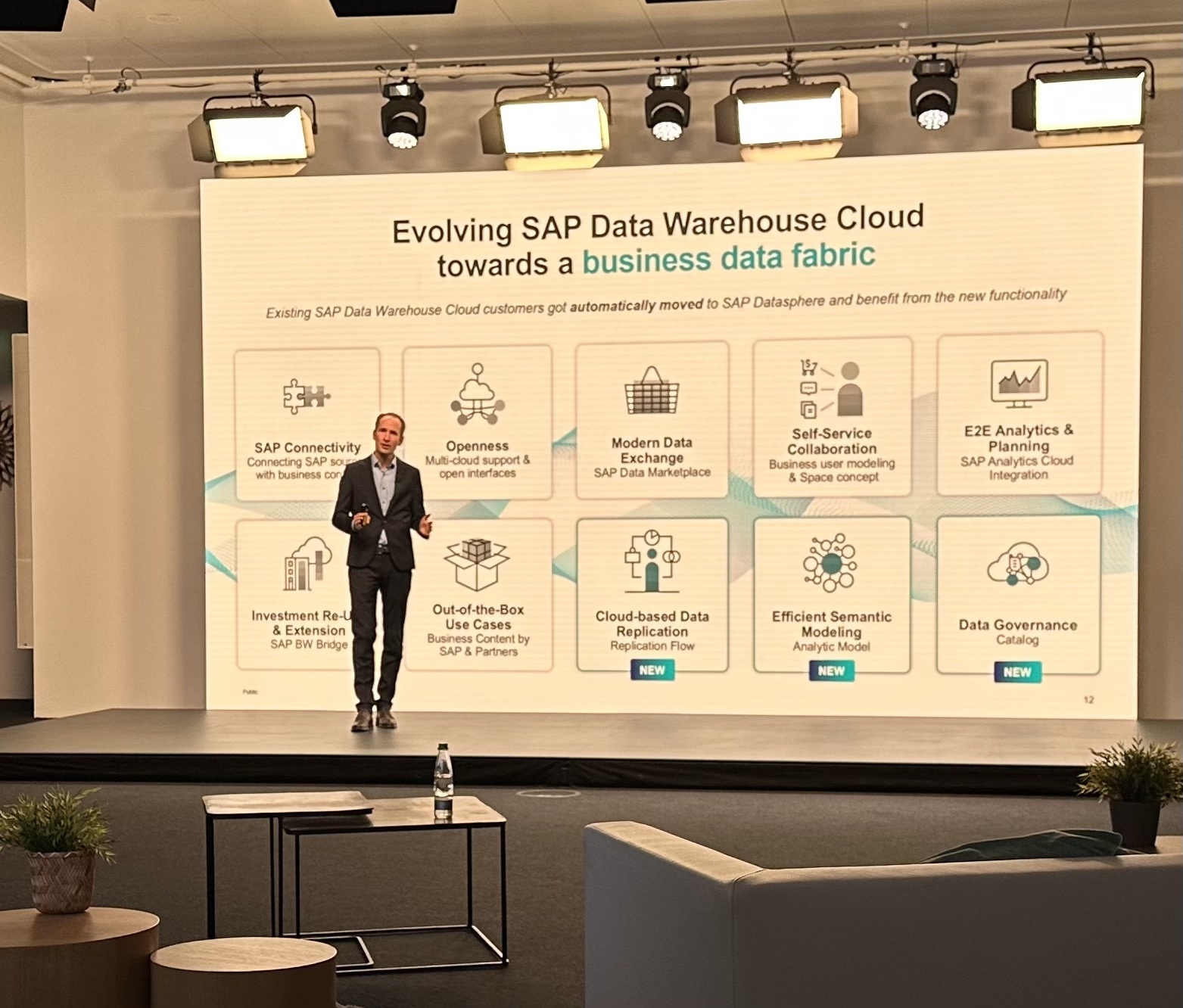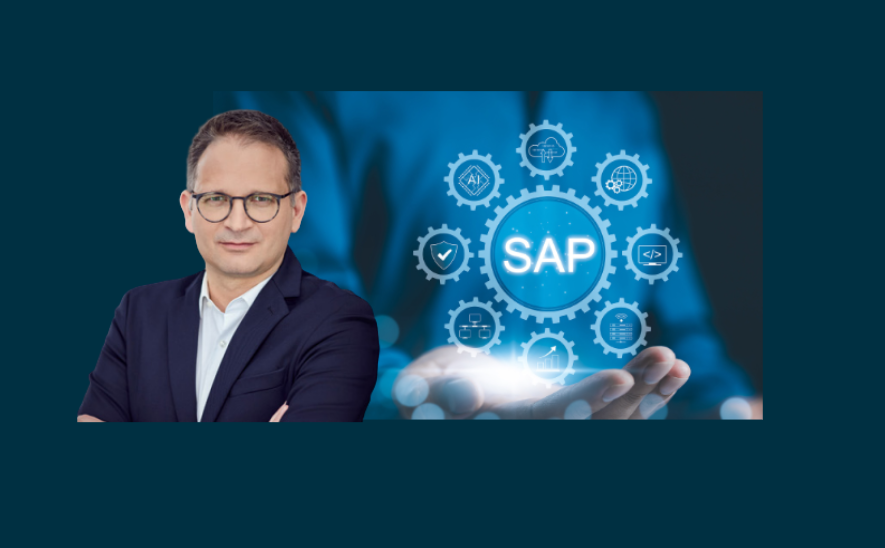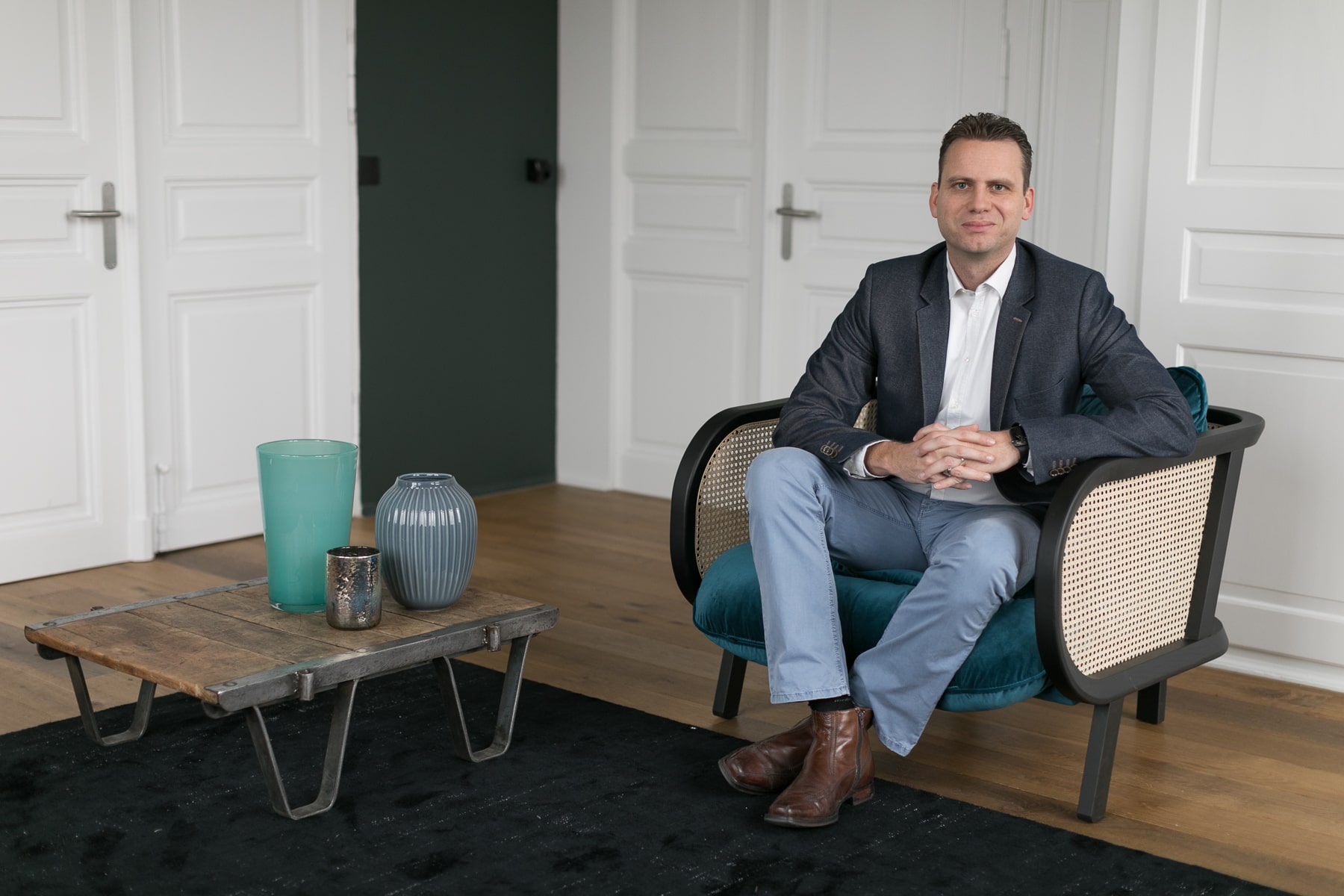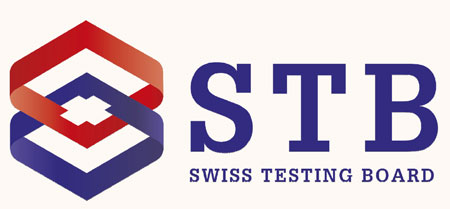Johannes Mainusch: Sammy, I heard this great keynote on the OOP 2019 that you gave on your startup company Open Bionics. What is it all about?
Sammy Payne: Open Bionics is a robotics startup based in Bristol in the UK. We develop assistive technologies that enhance the human body.
„The point was to make the technology really affordable so that everyone can have it“
In your talk, you showed pictures of children who lost their hands. Basically, you provide these children with new arms …
Yes, we build robotic hands for amputees, and the really cool thing is, that these robotic hands look like superhero hands.
In your talk, you showed a child with a traditional and very ugly artificial hand.
We found out that prosthetic hands that look human just make people that wore them feel really ugly. Especially children really do not like them. So, we wanted to create a hand that celebrated the limb difference rather than hides it.
I imagine that looking at a cosmetic prosthetic hand and suddenly realizing that it is artificial really shocks observers. And especially at school where handicapped children are easily bullied that might be extra awkward.
Exactly. Someone in the audience today came up to me afterwards and he had one hand. He said the way Open Bionics deals with this issue is great because for him the hardest thing growing up was acceptance by his peers. He was bullied at his school. He couldn’t get anyone to accept him for who he was with his limb difference.
So, you turn bullied handicapped children into superheroes?
Exactly. So, they become the coolest kid in school. Our iron man hand, for example, is officially licenced by Disney. It is a cool piece of wearable technology and art.
There were already two companies out there with a similar product …
That is exactly why we started doing it because the companies that were producing bionic hands made them very very expensive. So less than one percent of the amputee population could actually afford the devices. So, the point of open bionics was to get the technology and democratise it. Make it really affordable so that everyone can have it. We wanted to make it less elitist.
So, did you already know some children with a lost hand at that stage?
No. Joel and I were just really interested in building wearable technology and tech for good. We ended up making a facebook page sharing lots of images of our ideas. Then we got a lot of parents and children interested in our work and they said to us: “We are really interested in testing your work, we want to help you build it!”
So, you gathered your first customers with your facebook page and got a solid response.
We got a huge response. We now had children expecting hands from us, so we thought we now better make them.
That has been Joel’s hobby for a long time …
since he was 16.
„We build the product with the people, who want to buy it so that it is definitely desirable for them“
Did you already have an idea that this could really become a bigger company at that time?
When we built the company it was ambitious and naive. When Joel and I build our first business model and our first business plan, neither of us had ever built a business before. So, it was like making it up as we were going. We build the product with the people, who want to buy it so that it is definitely desirable and affordable for users.
So that all happened in Bristol in the university campus?
It all happened at the Bristol Robotics Laboratory. That was awesome. They had some space, they read about us in the newspaper and they invited us and gave us free desks. Without that help, I don’t think Open Bionics would have started as soon. Because we really had no money. We had one 3D printer and the two of us working as hard as we could.
What was the first thing you built at Open Bionics?
A 3D printed hand for an adult. I will send you a photo of it, it was ugly, horrible, massive, huge. But we were testing the following principle: Could we 3D scan an amputee’s limb and then 3D print the suitable custom socket and then print an entire hand and fit it to someone. And if we could achieve all that with our prototype, would the experience rival current prosthetics? Would the person wearing it say, this feels great? So, we convinced a guy called Daniel Melville to try it on. He was our first user and he was great. When he tried the new arm in our robotics lab it was quite an emotional moment. When he moved the fingers of our artificial hand, it was the first time he could move “his” fingers.
So, he could already do something with the hand because the prototype already had robotics in it?
Yes, it was a fully operational robotics hand. It was just very big.
How does that work? How can an amputee tell his artificial fingers to move and close?
The robotic hand has EMG-sensors in the sockets (EMG = electromyography, a way to pick up electrical activity from the skeletal muscles).
When I saw your talk and the video on the hero’s arm I was really moved. So that was in 2014/2015. Was it a new idea to make prosthetics to look so different from normal hands?
Yes, entirely new. We held workshops and wanted to get a lot of young amputees as users and we asked them to design their own hands. We really believe in co-design. None on our team has any experience in what it is like to be an amputee. Or how it is to wear a prosthetic. And we wanted to work with kids. For an engineering team, it is really great to work with children because they still have their imagination and they don’t believe in the impossible, whereas an engineer who thinks he or she is an expert have a tendency to say “no” quite quickly.
“Children still have their imagination and they don’t believe in the impossible”
So, you say that children are the better product managers?
Absolutely! They are not so limited, they have bigger horizons. The children came up with the idea. We might have had a faint idea of that at the start, but the children took it way beyond our imagination.
“Together with Disney, we have created 3D printed multi-grip bionic hands, turning a disability into a superpower”
How did you then get the license to print actual superhero hands of Disney characters?
We tried two ways. First, we wrote some emails to the Disney law team. That got us a “No!” and “Can you stop doing this please!”. Cause we were making process. So, we stopped for the time being but then found another way in. Disney ran an accelerator programme called “the Disney Accelerator, powered by tech stars”. Apparently, it is harder to get into that programme than it is to get into Harvard or Yale. They take only ten companies a year, and they really invest in these companies. And through that accelerator programme Joel and I really learned how to build a business. They got in touch with our artists and said, this is a great idea.
So, they did not only grant you the rights to print superhero arms, but they became your startup accelerator …
Yeah, we spend three months in Los Angeles on their campus learning from their entire leadership team including Bob Iger. That was really exciting. The Disney time was really interesting because we were a true startup like in the Silicon Valley show. Our entire company of five people at that time was living together in this horrible house in Van Nuys Los Angeles because we could not afford anything better. Two bedrooms, one bathroom, and five people. We decided at that time, again being very young and naive, that we would create the smallest bionic hand for a child possible. And we gave ourselves two weeks to do this while being away from our robotics lab and our equipment. We only had a 3D-printer and bits and pieces of equipment.
“We gave ourselves two weeks to create the smallest bionic hand for a child possible, and we were basically running on Red Bull“
So, this was in preparation for your pitch?
Exactly. So, we built the hand for Logan and for Sidney. The Star Wars hand for Logan and the Iron Man hand for Sidney. We were basically running on Red Bull and working every night.
Did it work?
Yes, it worked! Of course! Live demos are super risky. Logan came along and shook everyone’s hand. He was ten years old at that time. Logan was awesome and yes it definitely helped having him there. Logan is such a cute mascot.
So, then you got into the acceleration programme and build your startup. At that time your company was small and under a lot of pressure. Did you all stick together, or did you experience conflicts in the team?
No, we never had rows or fights or nervous breakdowns. We are very lucky to be in a small market. Our kind of company and work attracts a very specific type of persons – engineers who got into engineering because they want to make a difference. So already people were drawn to us because of the mission. And it is also cool because you get to build bionics technology. So, for a maker or hacker this is really fun to do. We always like to attract people to join the team for whom this could be their hobby or passion. So, it almost feels like it doesn’t work. When we were five it definitely did not feel like work. It felt like five friends coming in each day to work on a passion project. That helped.
You just got a series A funding of 5.9 Million dollars and are about to grow the company.
That is right. We were very picky of about investors in the series A. We wanted to make sure that the investors fully knew with what they were getting involved with. That they have the same mindset as we have. It is engrained into our company that we are a socially “good” company. And of course, we will have to be a healthy and profitable company.
Now that will be a new challenge. Your competition will wake up and you will need to build a profitable and sustainable business from a startup ...
Yes, I think we will be the leading company in this space. As long as we can keep up with the speed of the last four years I can’t see even a bigger company with billion dollar revenue catching up with us. Everyone knows how hard it is to find a really good engineering team and to get them working agile and working together well. And to develop a product from scratch in a new market. I am very happy and convinced about our space in the market.
“The US makes or breaks hardware companies”
What is your next big challenge?
It’s the US. The US makes or breaks hardware companies. We have a good partner – a company that will help us to deliver our hands to lots of customers. We have the demand and it is up for us to rise and meet that demand.
Will you own the company?
Yes, the majority of the shares stay with Joel and me and the company. We always knew from the very beginning that we wanted to follow the lean startup method. We stretched all the funding as long as possible …
Do you now need some super serious business people?
Yes, we do. And we hired the VP of sales of one of our competitor companies. He is brilliant. He took the very first multi-grip hand to America five or six years ago. He knows the market and has a lot of experience we do not have. We got a CFO who has exited multiple startups and IPOed (Initial Public Offering) a company. So yes, we are building that senior leadership team that knows what they are doing.
Sammy, thanks for the interview
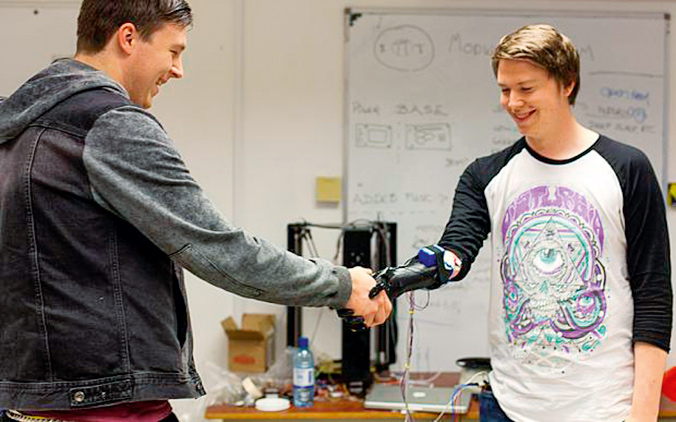
Daniel Melville and the first prototype
